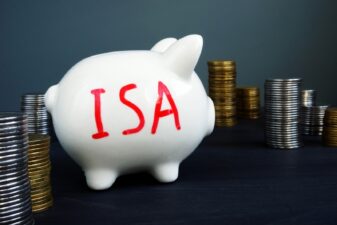One of the risks of being an income investor is that you may sometimes focus too heavily on historic yields, and miss out on opportunities for strong future growth.
Take BG Group (LSE: BG) (NASDAQOTH: BRGYY.US), for example. The firm’s 1.5% prospective yield is below average, but it is backed by a 12-year run of dividend growth that has seen the firm’s annual payout rise by 493%, from 2.95p per share to 17.5p per share.
At the same time, BG Group’s share price has risen by 350% over the last ten years, during which shareholders have enjoyed an average annual total return of 17.4% — twice the FTSE 100 average of 8.3% over the same period.
Should you invest £1,000 in Shell right now?
When investing expert Mark Rogers has a stock tip, it can pay to listen. After all, the flagship Motley Fool Share Advisor newsletter he has run for nearly a decade has provided thousands of paying members with top stock recommendations from the UK and US markets. And right now, Mark thinks there are 6 standout stocks that investors should consider buying. Want to see if Shell made the list?
Can BG Group maintain this outperforming record?
What will BG’s total return be?
Looking ahead, I need to know the expected total return from BG Group shares, so that I can compare them to my benchmark, a FTSE 100 tracker, and decide whether to buy.
The dividend discount model is a technique that’s widely used to value dividend-paying shares. A variation of this model also allows you to calculate the expected rate of return on a dividend-paying share:
Total return = (Prospective dividend ÷ current share price) + expected dividend growth rate
Here’s how this formula looks for BG Group:
(18.1 ÷1241) + 0.0895 = 0.104 x 100 = 10.4%
My model suggests that BG shares could deliver a 10.4% annual total return over the next few years, outperforming the long-term average total return of 8% per year I’d expect from a FTSE 100 tracker, but below historical levels.
Isn’t this too simple?
One limitation of this formula is that it doesn’t tell you whether a company can afford to keep paying and growing its dividend.
My preferred measure of dividend affordability is free cash flow — the operating cash flow that’s left after capital expenditure, tax costs and interest payments.
Free cash flow = operating cash flow – tax – capital expenditure – net interest
BG Group’s free cash flow of $559m in 2012 wasn’t enough to cover its $859m dividend payout, but it was a considerable improvement on the previous year — a trend that should continue, as BG focuses its capital expenditure on a few key long-term projects, and begins to benefit from rising production in Brazil’s Santos Basin.
However, a repeat of BG Group’s explosive historic growth is unlikely — it’s simply too big.







